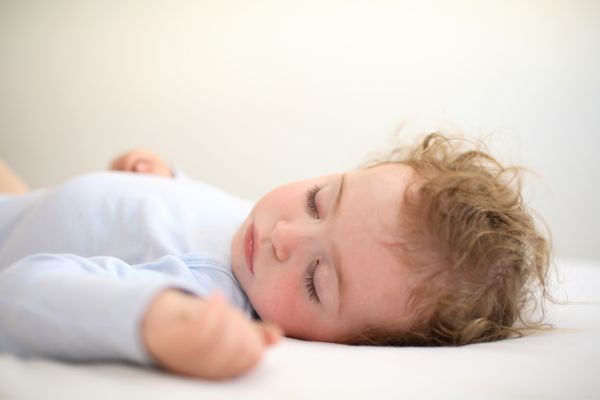Welcoming a newborn into your life brings immense joy, but it also comes with a wave of responsibilities. Among them, ensuring your baby sleeps safely is one of the most critical. Understanding safe sleep positions for babies is not just about comfort; it’s about reducing risks and giving your little one the healthiest start in life. This guide explores everything you need to know about creating a secure and restful sleep environment for your baby.
Why Safe Sleep Positions Matter for Babies
The early months of a baby’s life are delicate, and sleep is crucial for their growth and development. However, how a baby sleeps can have a direct impact on their safety. Studies have shown that improper sleep positioning can increase the risk of Sudden Infant Death Syndrome (SIDS), suffocation, and other sleep-related hazards. Parents and caregivers must understand that establishing safe sleep habits from day one helps to protect their child during these vulnerable stages.
The Recommended Safe Sleep Position for Babies
Pediatric experts, including the American Academy of Pediatrics (AAP), recommend placing babies on their backs to sleep. This position, often referred to as the supine position, is considered the safest for infants under one year of age. When a baby sleeps on their back, their airways remain open and clear, significantly reducing the chances of breathing difficulties.
Contrary to some older beliefs, back sleeping does not increase the risk of choking, even for babies who occasionally spit up. A baby’s airway anatomy and gag reflex are designed to keep fluids from entering the lungs when they’re lying on their back. For this reason, back sleeping is now globally endorsed as the gold standard for infant sleep safety.
Why Other Positions Are Not Recommended
While side sleeping might seem harmless, it is not considered safe for babies. Babies placed on their sides can easily roll onto their stomachs, which increases the risk of suffocation. Similarly, stomach sleeping should be avoided altogether for infants. Lying face down can obstruct airflow and lead to dangerous situations during sleep.
Even though some parents worry about flat spots on the back of their baby’s head from back sleeping, these concerns are typically minor and can be managed through supervised tummy time when the baby is awake. This helps strengthen neck muscles and relieves pressure on the skull without compromising safety during sleep.
Creating a Safe Sleep Environment
Safe sleep positioning goes hand in hand with creating a safe sleep environment. Always place your baby on a firm, flat mattress with a fitted sheet in a crib, bassinet, or play yard that meets current safety standards. Avoid soft bedding, pillows, or toys in the sleep area, as these items can pose suffocation hazards.
Room-sharing without bed-sharing is also recommended. Having your baby’s sleep space in the same room as yours for the first six months allows you to monitor them closely while reducing the risks associated with sharing a bed.
Transitioning as Your Baby Grows
As your baby develops and begins rolling over independently, usually around four to six months, you might notice them rolling onto their stomachs during sleep. At this stage, you do not need to reposition them onto their back each time. The ability to roll from back to front and vice versa signals sufficient neck and shoulder strength, which reduces the risk of suffocation. However, always continue placing your baby on their back to sleep initially until their first birthday.
Addressing Common Myths About Baby Sleep Positions
Many cultural traditions and outdated advice have left parents confused about safe sleep positions for babies. One common myth is that back sleeping leads to aspiration if a baby vomits. As mentioned earlier, this is unfounded because the body’s natural defenses protect the airway.
Another misconception is that babies sleep more soundly on their stomachs. While it may seem that way, stomach sleeping compromises their ability to respond to breathing challenges, making it a risk not worth taking. By sticking to the recommended guidelines, parents can rest assured knowing they’re providing the safest sleep setup for their child.
Supporting Your Baby’s Sleep Routine Safely
Along with the correct sleep position, establishing a consistent and calming bedtime routine contributes to better sleep quality. Gentle rocking, a warm bath, or soft lullabies can help soothe your baby without the need for unsafe sleep aids like blankets or wedges. Keeping the sleep area cool and dim also promotes a more restful night for your little one.
Final Thoughts on Safe Sleep Positions for Babies
Understanding and implementing safe sleep positions for babies is a vital part of early parenting. Always place your baby on their back to sleep, maintain a safe and clutter-free sleep environment, and educate caregivers and family members about the importance of these practices. These simple but powerful steps can make a life-saving difference and give your baby the safest possible start during their first year.
Every parent wants to give their child the best. By following these guidelines, you can confidently nurture healthy sleep habits that protect your baby while supporting their growth and development.

